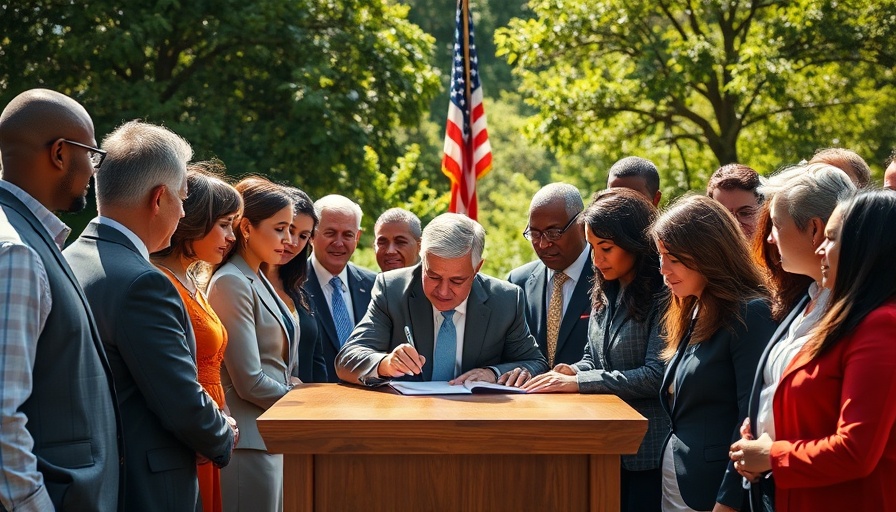
The Fragile Balance: Protecting Victims and Upholding Free Speech
The recently enacted Take It Down Act has stirred significant debate in the realm of online speech and digital rights. While the law aims to combat nonconsensual intimate imagery (NCII) and offer much-needed protection for victims, it raises alarming concerns among free speech advocates about potential censorship and misuse.
What the Law Means: A Double-Edged Sword?
The Take It Down Act mandates that digital platforms must act within 48 hours to remove any explicit content reported by victims or their representatives, regardless of whether the request is fully verified. Proponents argue this is a vital step in safeguarding victims against harassment and exploitation. However, experts like India McKinney from the Electronic Frontier Foundation caution that the vagueness of the law's language could lead to overreach where legitimate content is taken down mistakenly. This may particularly affect marginalized communities, including queer and trans individuals, who may face increased scrutiny under the law.
Expert Warnings: The Risk of Overreach and Abuse
Critics of the law point out that relying on a simple signature as a verification method opens the door to potential abuse. This could lead to a surge in takedown requests for consensual content or legitimate discussions about LGBTQ+ issues, exacerbating existing societal biases. Senator Marsha Blackburn, a sponsor of the Take It Down Act, has expressed concerns surrounding children's exposure to LGBTQ+ content, indicating that the intent behind some regulatory measures could stem from a protective stance—though this raises questions about who defines what is “harmful.”
Implications for Platforms: Compliance Dilemma
With platforms such as Meta and Snapchat voicing support for the law, the compliance protocol underscores a significant dilemma. Faced with substantial liabilities for noncompliance, these platforms may prioritize rapid content removal over careful investigation, further muddling the line between protecting victims and upholding free speech. This trend has some industry insiders worried about the chilling effect on open discourse in digital spaces.
A Call to Thought: Where Do We Go From Here?
As the digital landscape evolves, so too must our understanding of the delicate balance between protection and freedom of speech. It is imperative for legislators, advocates, and tech platforms to engage in robust conversations to refine these laws to safeguard genuine victims while ensuring that valid content isn’t unrightfully silenced.
 Add Row
Add Row  Add
Add 




Write A Comment